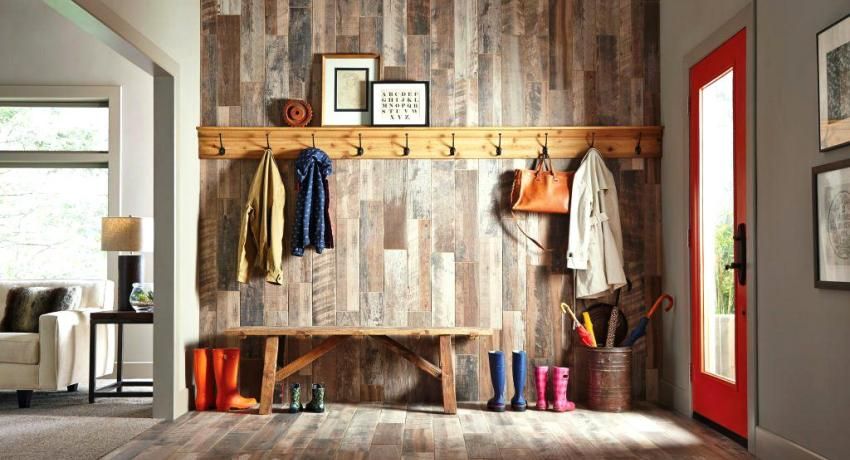Balcony insulation consists in securing all layers of the terrace with appropriate materials so that no fungi, mold or large cracks form on it. Balcony waterproofing can be done in two ways – surface and drainage.
Balcony insulation – what you need to know?
Balcony insulation is a reliable protection of the structure from the destructive effects of adverse weather conditions. Such work is easier to carry out during the construction of a new building. Builders can use balcony connectors for thermal insulation in conjunction with fittings. In old or apartment buildings, insulation is more labor intensive. Often in such cases, it is made poorly, as a result of which, after a while, mold, moss appears on the balcony, tiles crack, fungus forms in the rooms.
Correctly executed balcony insulation from the inside and outside is, on the one hand, thermal insulation, and on the other, the creation of reliable waterproofing. The balcony must be well protected from adverse weather conditions such as wind (thermal insulation), rain (waterproofing), freezing temperatures.
Do-it-yourself balcony insulation: advantages
Thermal insulation protects both from too low temperatures, especially frost, and from high. Each balcony suffers from frost and snow, and in the summer from the scorching sun. Therefore, it is important to take care of the appropriate insulating materials that protect it from damage even at the construction stage. Experienced builders recommend focusing on proven solutions as well as quality materials. Insulation should be carried out both along the lower and upper plane. To ensure thermal stability, it is important to take care of a high-quality insulation finish, which will prevent water leakage. An effective solution is to connect the balcony slab to the ceiling using a thermal connector. There are a large number of such mounts on the market today..
Waterproofing is done in two ways:
- Surface.
- Drainage.
The surface method assumes that the outer layer of the structure will be airtight, as well as resistant to all negative natural factors that can damage it. In this case, rainwater will drain off the surface. With the drainage method, a drainage layer is laid that removes water from the balcony.
Step-by-step insulation of the balcony
Insulation begins with a sloped layer, which facilitates the drainage of rain by sloping towards the outside of the structure. This slope should be between 1% and 2%. First remove the old screed as well as the finishing materials. It is important to thoroughly clean and level the concrete slab. In case of unevenness, leveling is done with concrete mortar. Using a spirit level makes it easy to determine the correct rating. When insulating, the material is applied in two layers.
Insulation of the balcony from the inside with ceramic tiles
Thermal insulation of the balcony inside using ceramic tiles, which has a unique design and does not crack, is an effective solution. For the processing of joints, frost-resistant materials must also be used. This is an ideal and convenient solution for using mineral insulation on the balcony. There are solutions that consist of two components – cement and water. Mineral mortars are distinguished by good waterproofing properties and adhesion to ceramic tiles. They are flexible and resistant to temperature extremes. They retain their flexibility even at low temperatures in winter. The solution is suitable for situations when the contractor does not have enough time and it is important to complete the finishing as quickly as possible..
The mortar is applied with a roller, brush or metal spatula. Application is carried out in two layers, perpendicular to each other. Leave the groove for about 4 hours between the application of the first and second coat. Ideally, the coating thickness should be at least 2 mm. The tiles can be laid after about 12 hours from the moment the slurry was applied. In the corner of the balcony, between the slab and the wall, add a sealing tape. The corner of the skirting board must be additionally sealed with a suitable adhesive that will withstand the stress.

